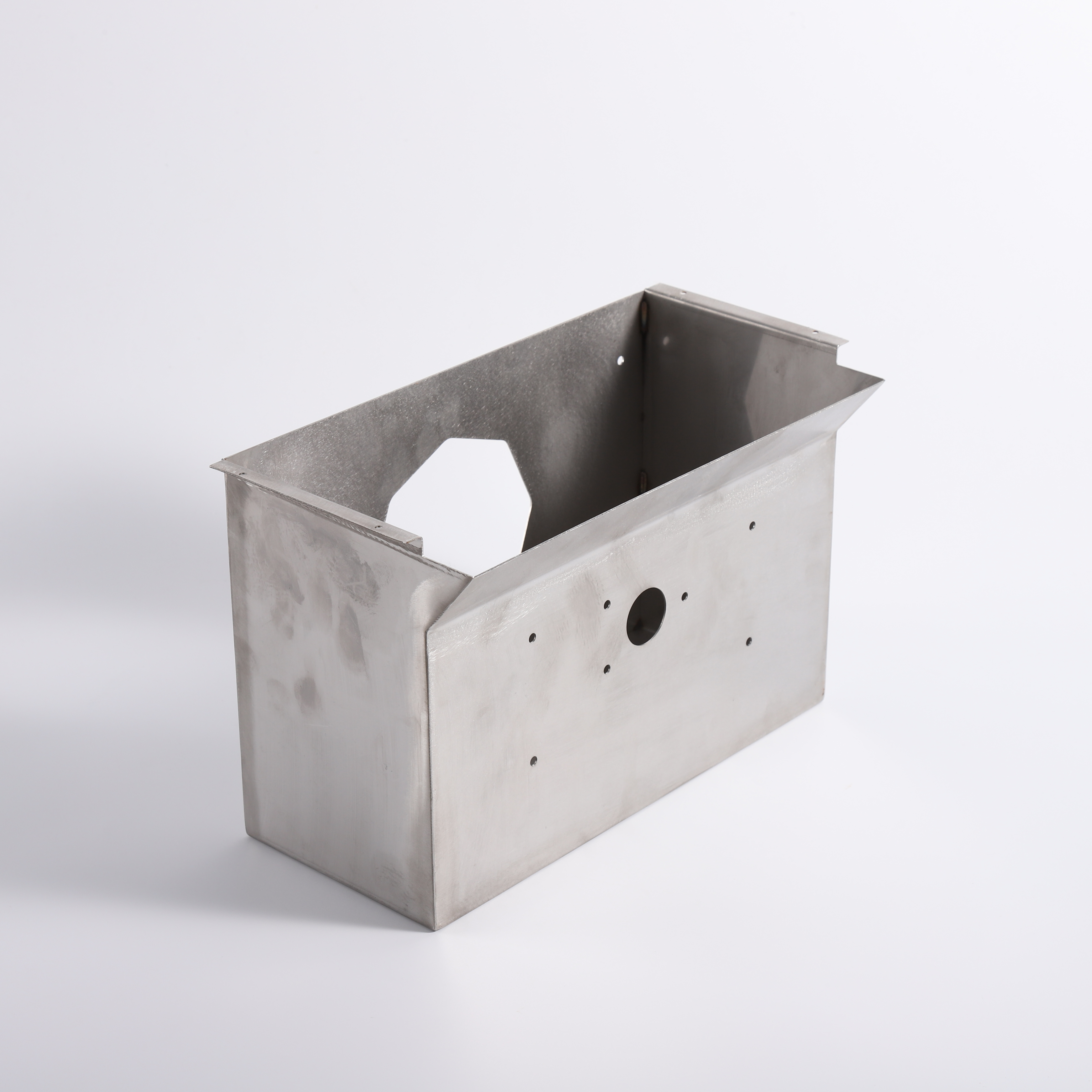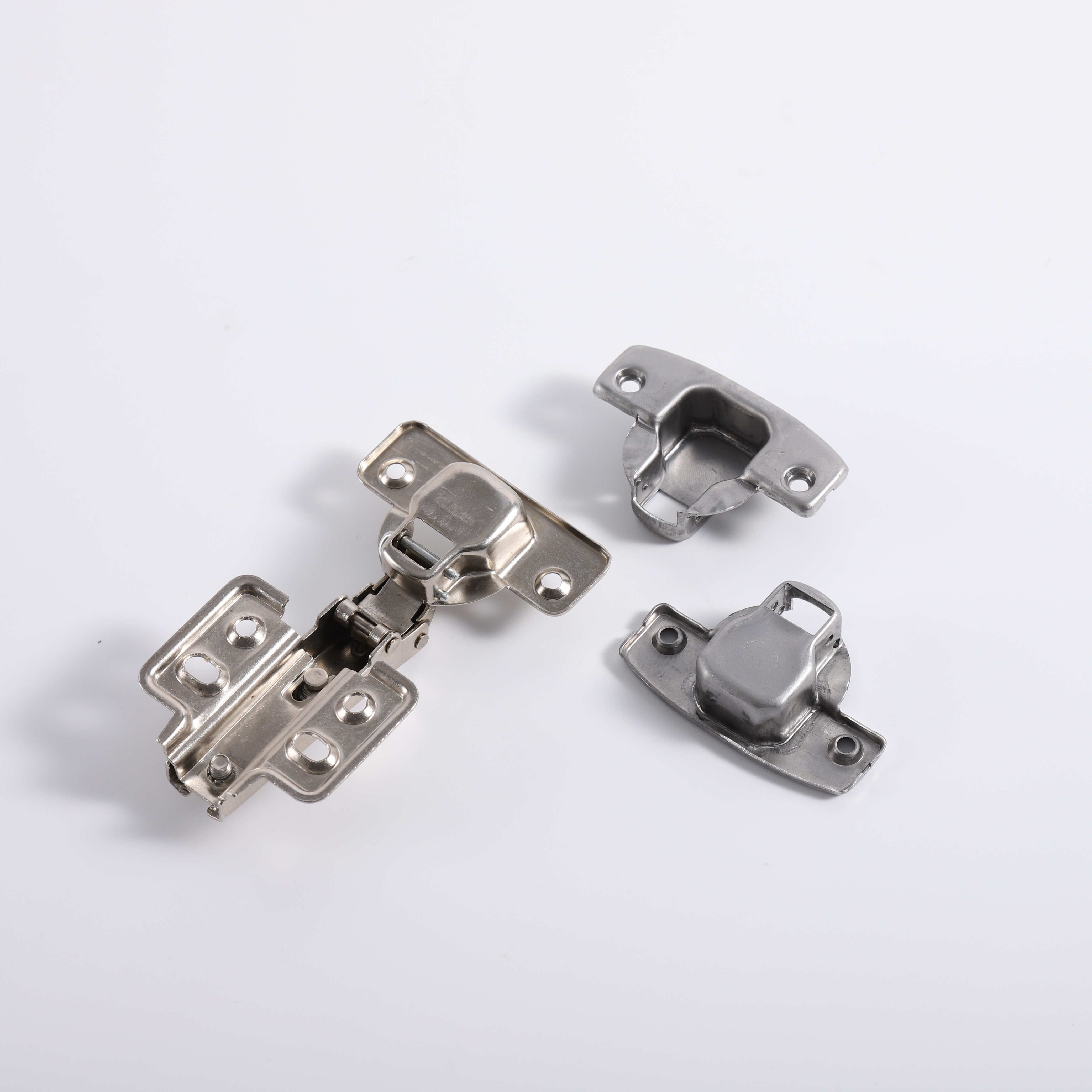Sheet metal forming processes are those in which force is applied to a piece of sheet metal to modify its geometry rather than remove any material. The applied force stresses the metal beyond its yield strength, causing the material to plastically deform, but not to fail. By doing so, the sheet can be bent or stretched into a variety of complex shapes. Sheet metal forming processes include the following:
l Bending
l Roll forming
l Deep Drawing
l Stretch forming
Bending
Bending is a metal forming process in which a force is applied to a piece of sheet metal, causing it to bend at an angle and form the desired shape. A bending operation causes deformation along one axis, but a sequence of several different operations can be performed to create a complex part. Bent parts can be quite small, such as a bracket, such as a large enclosure or chassis.
V bending and Wipe bending
Roll forming
Roll forming, is a metal forming process in which sheet metal is progressively shaped through a series of bending operations. The process is performed on a roll forming line. Each station has a roller, referred to as a roller die, positioned on both sides of the sheet. The shape and size of the roller die may be unique to that station, or several identical roller dies may be used in different positions. The roller dies may be above and below the sheet, along the sides, at an angle, etc. the roller dies are lubricated to reduce friction between the die and the sheet, thus reducing the tool wear. Also, lubricant can allow for a higher production rate, which will also depend on the material thickness, number of roll stations, and radius of each bend. The roll forming line can also include other Sheet Metal Fabrication operations before or after the roll forming, such as punching or shearing.
Deep drawing
Deep drawing is a metal forming process in which sheet metal is stretched into the desired part shape. A tool pushes downward on the sheet metal, forcing it into a die cavity in the shape of the desired part. The tensile forces applied to the sheet cause it to plastically deform into a cup-shaped part. Deep drawn parts are characterized by a depth equal to more than half of the diameter of the part. These parts can have a variety of cross sections with straight, tapered, or even curved walls, but cylindrical or rectangular parts are most common. Deep drawing is most effective with ductile metals, such as aluminum, brass, copper, and mild steel. Examples of parts formed with deep drawing include automotive bodies and fuel tanks, cans, cups, kitchen sinks, and pots and pans
Stretch Forming
Stretch forming is a metal forming process in which a piece of sheet metal is stretched and bent simultaneously over a die in order to form large contoured parts. Stretch forming is performed on a stretch press, in which a piece of sheet metal is securely gripped along its edges by gripping jaws. The gripping jaws are each attached to a carriage that is pulled by pneumatic or hydraulic force to stretch the sheet. The tooling used in this process is a stretch form block, called a form die, which is a solid contoured piece against which the sheet metal will be pressed. The most common stretch presses are oriented vertically, in which the form die rests on a press table that can be raised into the sheet by a hydraulic ram. As the form die is driven into the sheet, which is gripped tightly at its edges, the tensile forces increase and the sheet plastically deforms into a new shape. Horizontal stretch presses mount the form die sideways on a stationary press table, while the gripping jaws pull the sheet horizontally around the form die
Sheet Metal Forming,Sheet Metal Forming Services,Custom Sheet Metal Forming,Precision Sheet Metal Forming Suzhou FCE precision electronics Co., LTD , https://www.sjfukeyifcesz.com
1. This product is used as a combined grinding system with pre-grinding technology and ball-milling ball, which saves about 30% of electricity compared with ball mill.
2. Compared to other types of mills, the required plant and equipment base investment is small.
3. Compared with the ball mill with the same production capacity, the steel consumption is reduced by 90%, which reduces the iron content of the processed products, and has special significance for the glass and ceramic industries.
4. It can reduce the loss of ore-containing particles in the material (such as gold particles in sandstone) and improve the recovery rate of ore dressing.
5. The production process has low noise and less dust, which effectively improves production and ecological environment.
6. Provide the corresponding technical conditions for the comprehensive utilization of industrial waste.
The grinding principle of this project is advanced and scientific, the structure design is compact and reasonable, easy to operate and maintain, and it has better reliability, durability and safety during use. Most of the grinding materials of the column mill have been powdered, and the particle composition is more reasonable after grinding by the ball mill. After testing, when the joint system grinds the fineness of the cement to 3±1 mesh, the cement size Distribution: 60--80um
Moreover, due to the unique milling and extrusion function of the column mill, the internal lattice structure of the material particles is destroyed, which not only improves the wearability, but also significantly enhances the mineral activity, which is beneficial to the calcination of raw materials and the early strength of cement. . Users generally reflect that the pre-grinding of the column mill can effectively improve the physical quality of the cement, improve the physical properties such as stability, workability, water permeability, fluidity and setting time of the cement, and the physical properties of the cement after the implementation of the new inspection standard. The decline in indicators has a good complement. The column mill has low noise (generally less than 80dB), basically no dust, and no need to add dust removal facilities. It is a domestic leading level to fill domestic blank products (technologies).



Recently, Changsha developed a new high-efficiency energy-saving column mill
Changsha Shenxiang General Machinery Co., Ltd. has developed a new high-efficiency energy-saving column mill. The project has six advantages over traditional mill oil: